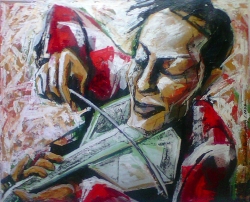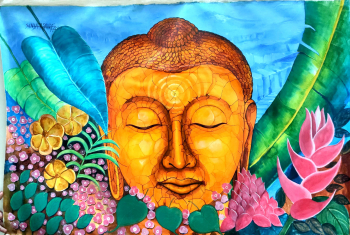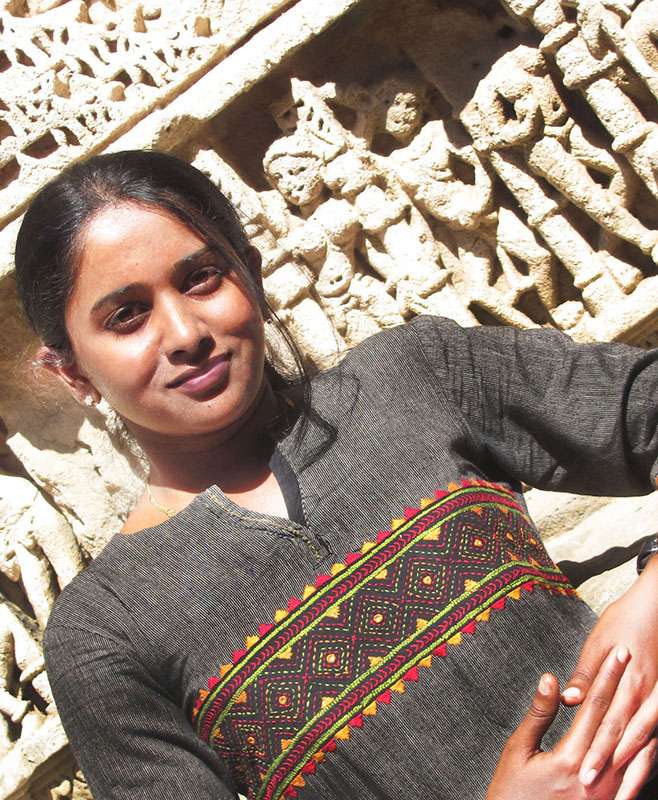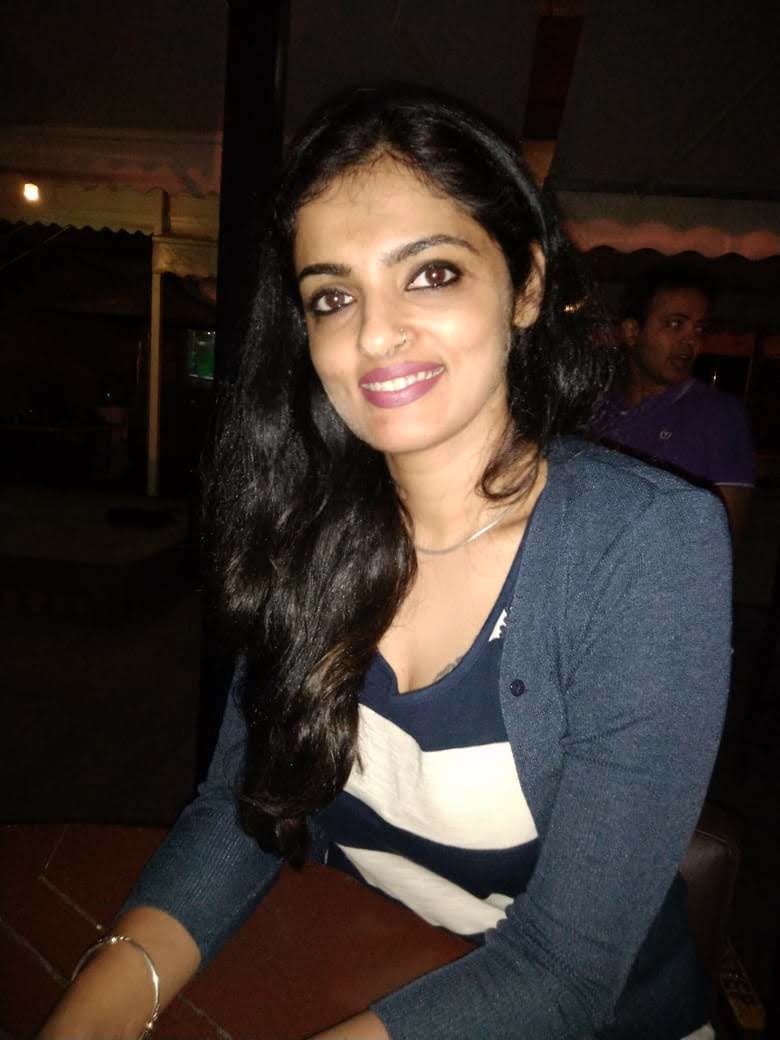
The transcendental effects of the scenic surroundings in India, as well as its impact on the state of consciousness, has had a visible impact on the style of artistry practised by artists in India. The present-day art podium in the country displays both trans-disciplinary and cross-cultural amalgamations. Such styles possess an intrinsic capacity to arouse a novel sensory experience without being too intimidating. This unique art form can be categorized as Indian contemporary art and in the recent few years, it has had a deep impact on the global art fraternity.
Art connoisseurs can heighten their spiritual cognizance while examining the creatives of contemporary artists. For the records, revered and budding artists who specialize or are inspired by such a fusion-based art discipline prefer to experiment with their brush strokes. Their motive is to come up with a well-blended synthetic engagement that possesses the capacity to dissolve the thin boundaries of various forms of fine art such as music, literature and visual arts. Ardent lovers of Indian paintings across the globe have openly appreciated these magnum-opuses. No wonder that contemporary canvases originating in India have made their way to art galleries across the globe.
On the same note, art lovers come across a plethora of possibilities when they connect with the creations of Indian artists. The process involves both visualization and documentation in the form of illustrations which have a multi-sensory impact. The works of budding artist Pranab Roy Chowdhury depict seamless documentation of sound as an instrumental portrayal which ultimately translates into an abstracted pattern. Sometimes, these line drawings are creatively modulated in a well-synchronized manner. It successfully renders an incoming audible frequency which a true art lover can hear. This artist, like many other Indian illustrators such as Anirban Seth and Sheetal Gulati, has mastered the style of linear drawings both in multichrome and monochrome. Their works depict a real-time and space which renders unique sensory magic to the onlooker. This results in an emotive and natural response.
In order to trace the patterns in contemporary artworks created by Indian fine art experts, one has to relate to the intonations and variations originating from their favourite artist's brush. Moreover, the splashy usage of colors would further depict a stylish portrayal across numerous graphical contours as far as abstract thoughts are concerned. Most of the contemporary art paintings in the country are created with watercolor, acrylic paint or are oil on canvas depictions. Of all the mediums used, watercolor is the toughest to deal with because the colours are runny and are best used on a flat base. It is tough to paint with this colour on an upright easel. Even then Indian contemporary artists have tamed their hues and have time and again come up with some of the most eye-catching artworks. Their mastery has already consumed years of dedicated hard work. No wonder that the resulting masterpieces are a true demonstration of Indian social and cultural life with a modern twist. As a result, these works are a part of contemporary art genre.
Canvases of Indian artists depict a repetitive pattern inspired by cubism which also includes linear and predominantly parallel strokes which are arranged neatly in a flow. For instance, the works of V.V. Swamy such as 'Violin Player' create a choreographed symphony embellished with emphatic strokes. They clash with percussive rhythms where people are engrossed in musical compositions. Such fluidity of colors merges both space and form with unique randomness in the background. This discreetly materializes an inherent order which arouses a spiritual connotation.
Over the past few years, Indian art and culture have undergone a gradual change due to more contact with the western world. Since time immemorial Indian artists have been revered and celebrated the world over for their contributions to the global art scene. But in the field of contemporary artwork, India has stood out in the recent past. Budding and established artists in India have been able to create lifetime engagements with their audiences by having their works displayed at numerous art exhibitions and galleries. It is true that these works lay on the higher side as far as ricing is concerned, but the artists and their contemporary creatives have impressed aspiring art collectors. Their works, therefore, assure value for money and with time these well-preserved works of art become cherished antiques.





















